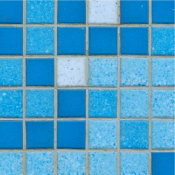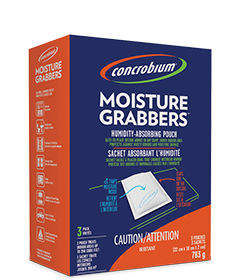How to Remove Mold on Grout & Caulking
Bathrooms are prime ‘hot spots’ for household mold.
Your bathroom can be a breeding ground for mold and mildew, largely due to poor ventilation, water and humidity sources. Use Concrobium Mold Control to eliminate mold in shower stalls, bath tubs, behind toilets, in cabinets and on ceilings, tiles and walls.

-
Solution
- Spray Concrobium Mold Control on the affected caulking & grout and allow to dry. Make sure the surface is completely dry prior to application.
- Because tile grout and caulking is quite porous, mold that has grown into it over the course of time may be very difficult to remove. Use Concrobium Mold Control with a stiff bristle brush to scrub the affected surface to eliminate tile grout mold.
- You may need to replace the grout/caulking altogether. Spray Concrobium into the cavities once you’ve removed the grout/caulking – and then spray the newly-applied grout for mold prevention.
- Finally, re-apply Concrobium to leave a thin layer of the solution on the surface to protect against mold. Reapply as required, depending on the amount of dousing the surface receives.
NOTE: As bathrooms receive repeated exposure to water and humidity, you may be required to reapply the product every 1-2 months or as required to ensure resistance against mold re-growth.
- Tip
Help prevent mold by ensuring proper bathroom ventilation. Ensure a ventilation fan is properly installed and run it often to reduce bathroom humidity.


